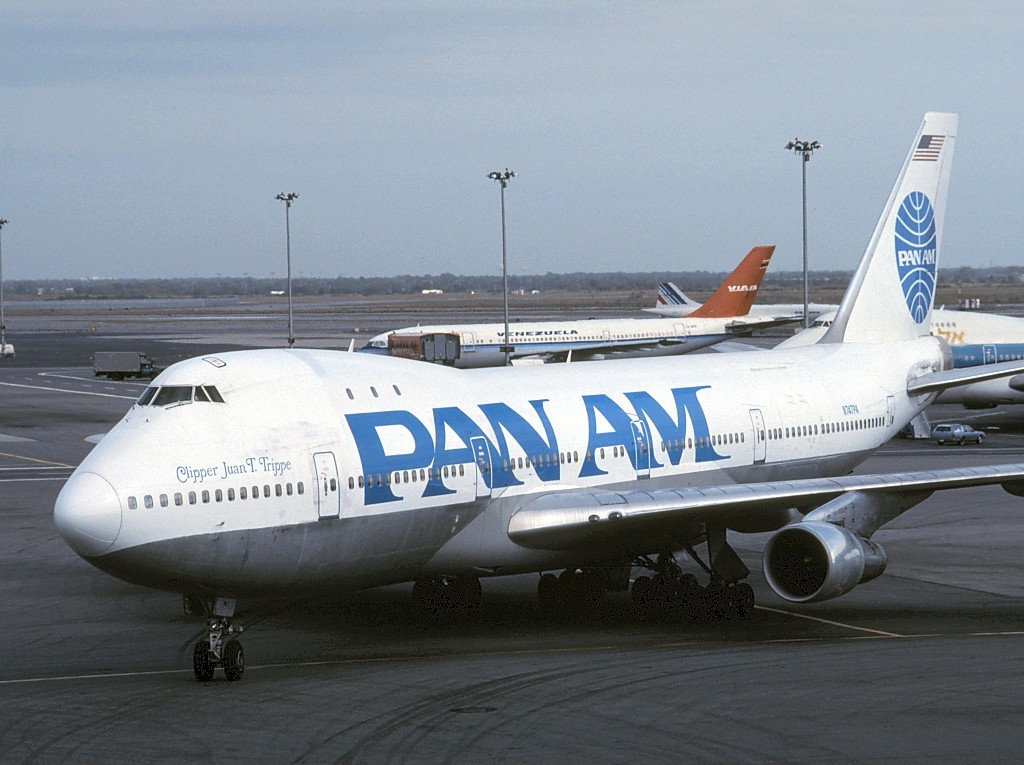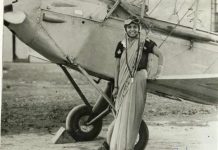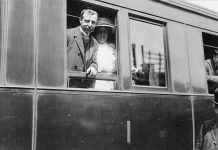Some brands made modern world history. And if “American Express” stands for credit card and “Gillette” for razor, “Pan Am” could stand for air company.
It was 1927 when the American businessman Juan Trippe founded the Aviation Corporation of America financed by some tycoons including William A. Rockfeller. At the beginning, the company supplied Florida Keys and Cuba through seaplanes, later took the name of Pan American Airways, becoming known to the world as Pan Am.
For over sixty years, Pan Am crossed not also countries and continents, but also and especially the story of an evolving world where technological progresses, political, economic and social changes were defining a new idea of tourism.
After the Great Wars, flying had a goal: connecting people and countries rapidly. As early as 1959, Pan Am allowed people to reach Paris from New York through a Boeing 707 called Clipper America.
1950s and 1960s were fundamental for the Pan Am.’s myth. Successful advertising campaigns and the beautiful flight attendants with their impeccable uniforms (to whom we already wrote about!) made scheduled flight a new luxury.
1960s economic boom demanded an increase of air traffic and therefore a modernised airline reservation system. That’s how PANAMAC was born, the first computerised system used to conduct transactions related to flights and hotels through an electronic database. Revolution had come.
Pan Am hit the headlines with its weekly flights to and from West Berlin with the DC-6B and, since 1966, with the Boeing 727, operated humanitarian flights during the Vietnam War, setting the record for the fastest trip around the world: 46 hours and 24 minutes from New York’s JFK Airport with just two stopovers in New Delhi and Tokyo.
Reached the end, in 1990, Pan Am left its JFK-Berlin’s route to Lufthansa, allowed to fly over Berlin only after the fall of the Berlin Wall in 1989.
Queen of air companies, supplying 160 countries at the height of its success, inspired a TV series produced by ABC in 2011, highlighting the Cultural Revolution from 1960s to 1970s, when airline flight meant economic welfare and freedom. Pan Am TV series wasn’t very successful, or at least not comparable to the 2002 film Catch Me If You Can by Steven Spielberg. Catch Me If You Can is the story of Frank Abagnale Jr, played by a brilliant Leonardo Di Caprio, one of the most successful American fraudsters, passing himself off as a… Pan Am pilot for over two years.
(photo Wikipedia)




